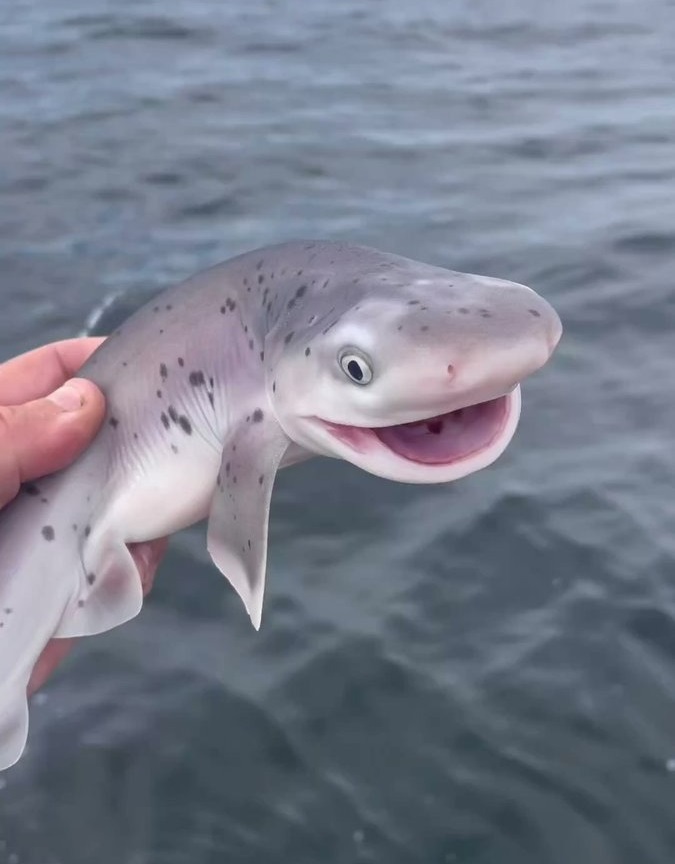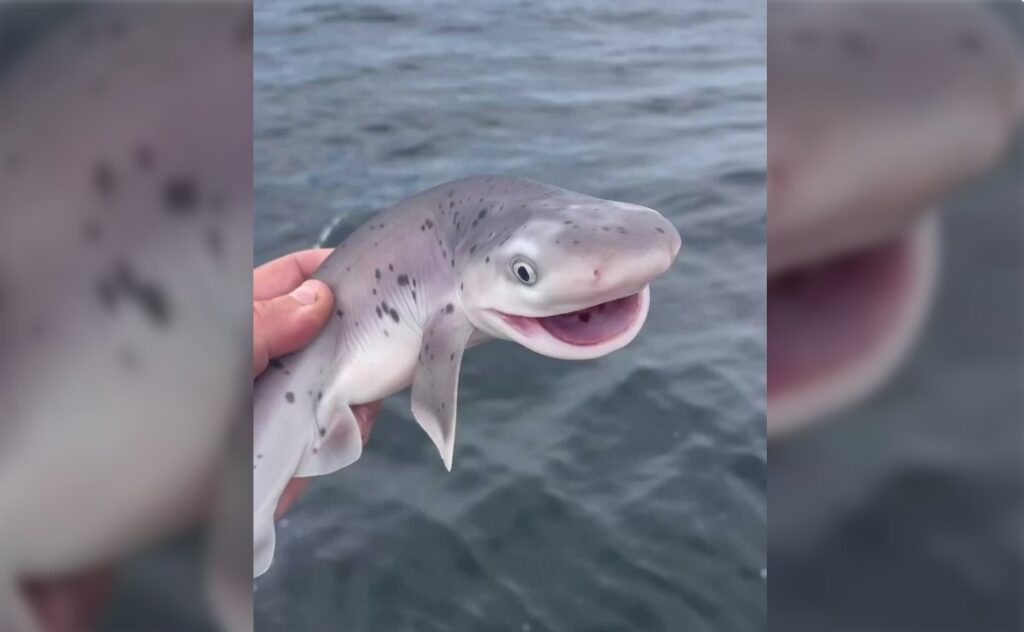
It’s a common belief that if sharks stop swimming, they meet an untimely demise. But is this notion grounded in scientific truth? Let’s delve into the depths of shark physiology to separate fact from fiction.
Contrary to popular belief, there are shark species that defy this stereotype. Take, for instance, the nurse shark and the tiger shark. These, along with a select few others, have the ability to cease their perpetual motion without facing imminent death. Their secret lies in a remarkable adaptation known as buccal pumping. By actively “inhaling” water using cheek muscles to draw it into the mouth and over the gills, these sharks can breathe even when stationary. This unique method allows them to rest on the ocean floor without the need for constant movement. They can even partially bury themselves in the sand, utilizing respiratory openings called spiracles, located behind their eyes, to pull water through their gills when their mouths are covered.

However, not all shark species are blessed with the luxury of buccal pumping. The great white shark, the whale shark, and the mako shark, for example, lack buccal muscles altogether. Instead, they rely on obligate ram ventilation, a breathing mechanism that necessitates continuous swimming with mouths agape. The faster they propel through the water, the more oxygen is pushed through their gills. For these sharks, stillness equals oxygen deprivation and, ultimately, death.
On the spectrum of shark breathing strategies, some species find a middle ground. The reef shark, for instance, employs a combination of buccal pumping and obligate ram ventilation. When moving at a slower pace, they can supplement their oxygen intake through buccal pumping. If they opt to halt their movement for a brief respite, their lives are not in immediate jeopardy, although they may not be as adept at remaining motionless as their buccal pumping counterparts.
Among these breathing techniques, the combination of buccal pumping and obligate ram ventilation emerges as the most prevalent. Consequently, a majority of shark species are not destined for a premature demise if they choose to take a break from swimming.

So, why does the misconception persist?
The root of this myth can be traced to the common comparison between sharks and bony fish, the latter of which relies on obligate ram ventilation. Since all bony fish are incessant swimmers, the assumption is often made that sharks share the same fate. This misperception might be further fueled by the question: “Have you ever seen a sleeping fish?”
Before we conclude, it’s essential to dispel yet another myth: the belief that all fish, excluding sharks, face death if they cease swimming. In reality, the breathing mechanisms in non-shark fish species are just as diverse as those in sharks. Some fish exhibit the same behavior as certain sharks, resting on the ocean floor during periods of inactivity. Perhaps those who harbor this belief simply haven’t paid a visit to these underwater slumbering beauties.

Leave a Reply